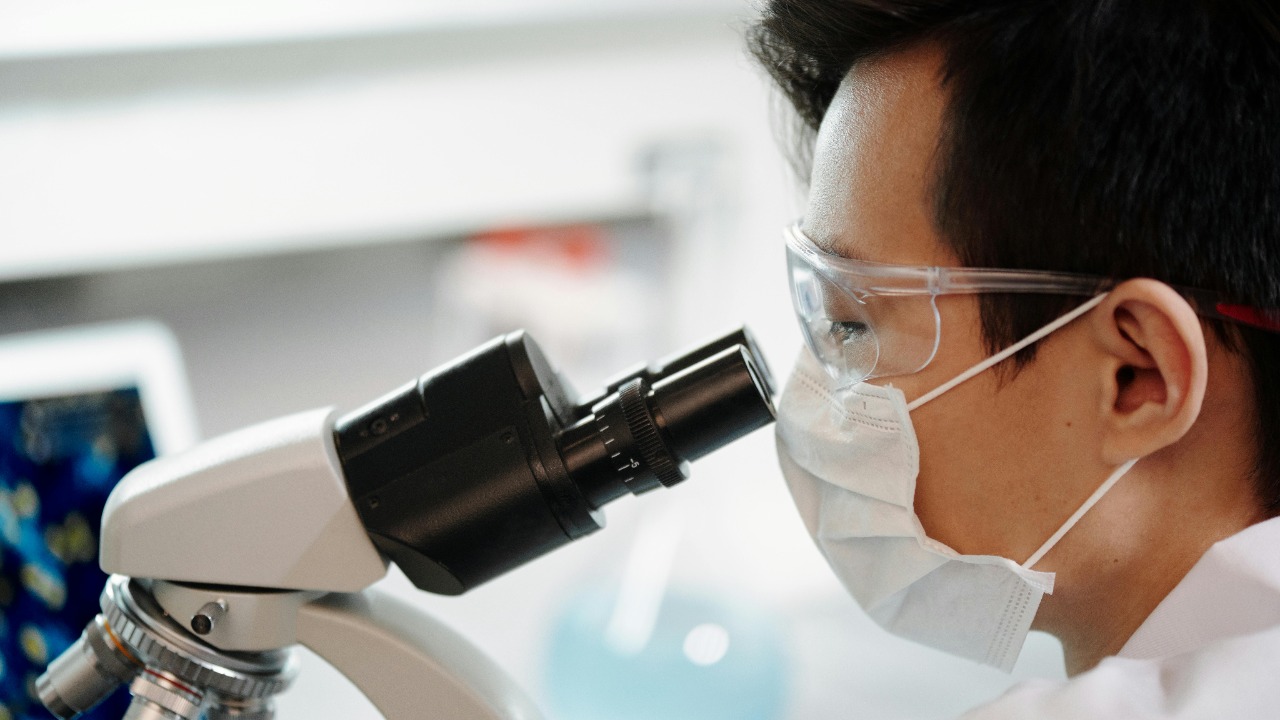
Researchers have recently unveiled a groundbreaking innovation that could revolutionize the medical diagnostics industry. By harnessing the natural properties of seaweed, they have created a compostable alternative to the traditional plastic housings used in home pregnancy test kits. This development could significantly reduce the environmental impact of the billions of disposable medical devices produced annually, marking a significant stride towards sustainable diagnostics.
The Environmental Impact of Plastic in Home Test Kits
Every year, billions of home test kits, including pregnancy, COVID-19, and fertility tests, are produced and discarded. These kits, predominantly housed in non-biodegradable plastics, contribute significantly to landfill overflow and microplastic pollution in our oceans. Industry reports suggest that over 500 million plastic-housed test kits are discarded annually in Europe and North America alone, highlighting the scale of the problem.
Plastic casings, once discarded, persist for centuries, leaching harmful chemicals into soil and water. This lifecycle issue underscores the urgent need for alternatives. The recent development of seaweed-based materials for test kit housings offers a promising solution to this environmental challenge.
Properties of Seaweed-Derived Materials
Seaweed-based biopolymers, such as alginate extracted from brown algae, offer a sustainable alternative to traditional plastics. These materials provide durability and flexibility comparable to plastic, without the environmental drawbacks associated with petroleum-based products. Furthermore, unlike plastics that require industrial facilities to degrade, seaweed-based materials can fully decompose in home compost within 90 days.
Testing data has shown that these seaweed housings can withstand standard handling stresses, such as drops from a height of 1 meter. This ensures their reliability for applications like pregnancy tests, where accuracy and durability are paramount.
Development Process Behind the Innovation
The journey towards this innovation began with the harvesting of seaweed in coastal regions like the Pacific Northwest. The harvested seaweed was then processed into bioplastic films. This process involved collaboration between material scientists and diagnostic companies, focusing on molding techniques that integrate the seaweed polymer with test strip components.
However, scaling this innovation to meet the demand for billions of units presents challenges. One such challenge is sourcing sustainable seaweed farms without overharvesting. As of November 6, 2025, these issues are being addressed, paving the way for a more sustainable future in diagnostics.
Potential Applications Beyond Pregnancy Tests
The potential applications of seaweed-based materials extend beyond pregnancy tests. For instance, glucose monitoring strips for diabetics, which generate over 1 billion plastic casings yearly worldwide, could benefit from this innovation. Rapid antigen tests, which have become increasingly prevalent in the wake of the COVID-19 pandemic, could also be housed in seaweed materials, reducing waste in post-pandemic diagnostics.
Pilot integrations in fertility and ovulation kits are already underway. Projections suggest that by 2030, seaweed alternatives could capture 20% of the $10 billion industry.
Challenges in Adoption and Scaling
While the potential of seaweed-based materials is immense, there are regulatory and logistical hurdles to overcome. For instance, FDA approvals for biobased materials in medical devices require proving equivalence to plastics in terms of sterility and accuracy. Additionally, the initial production cost of seaweed-based materials is 1.5 times that of plastic, although this is expected to drop to parity with volume manufacturing.
Supply chain issues, such as seasonal seaweed availability, also pose challenges. However, strategies like vertical farming are being explored to ensure consistent output for global test kit demands.
Broader Implications for Sustainable Diagnostics
The adoption of seaweed-based materials in diagnostics could have far-reaching environmental benefits. For instance, if seaweed housings were to replace plastics in billions of kits, it could result in a projected 30% reduction in carbon emissions from manufacturing.
There are also economic opportunities to consider. The shift towards biotech could lead to job creation in this sector, and companies adopting the technology could benefit from incentives associated with green certifications. Furthermore, consumer surveys indicate a 70% preference for eco-friendly test kits, positioning seaweed innovations as a potential market driver.
More from MorningOverview